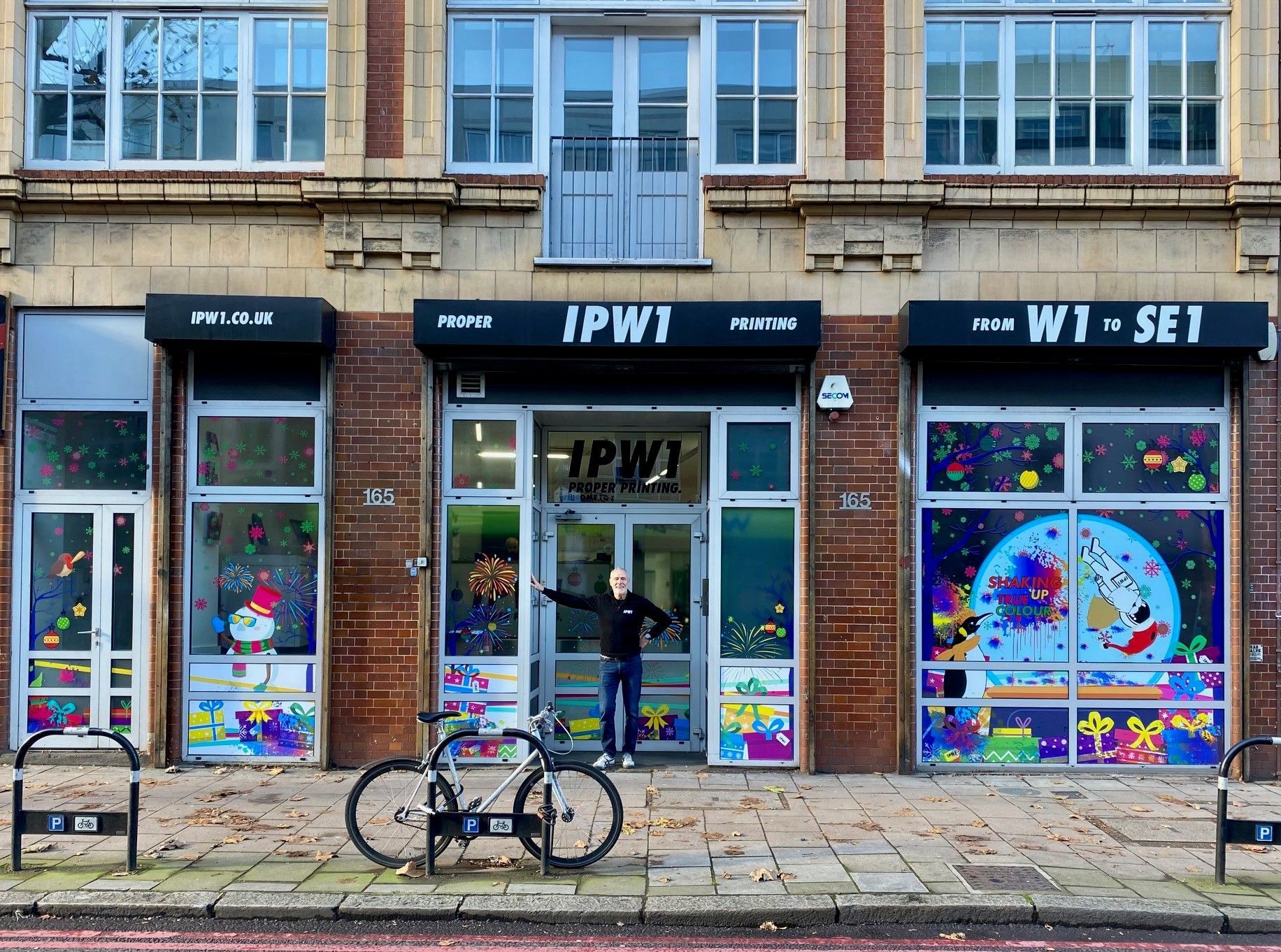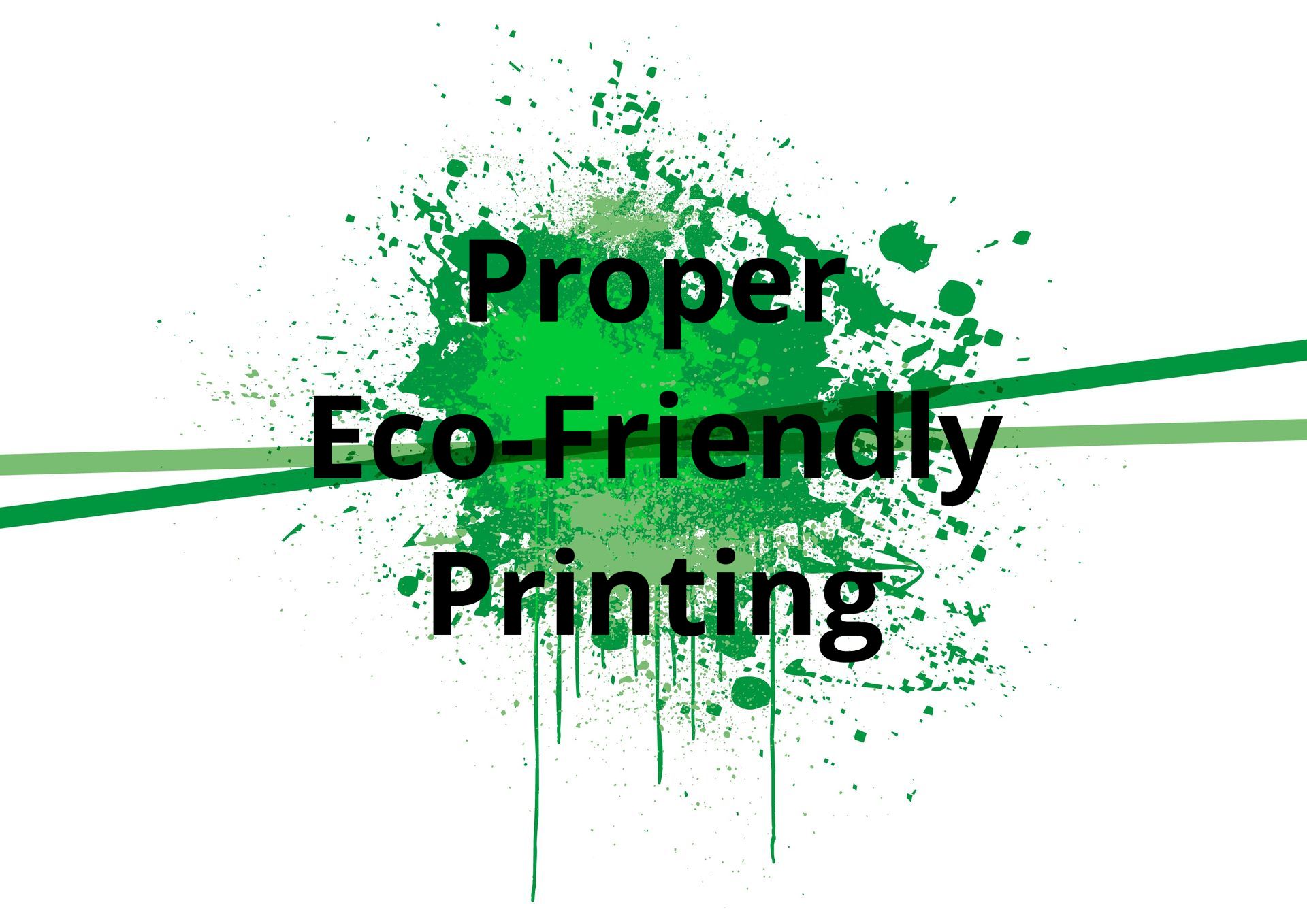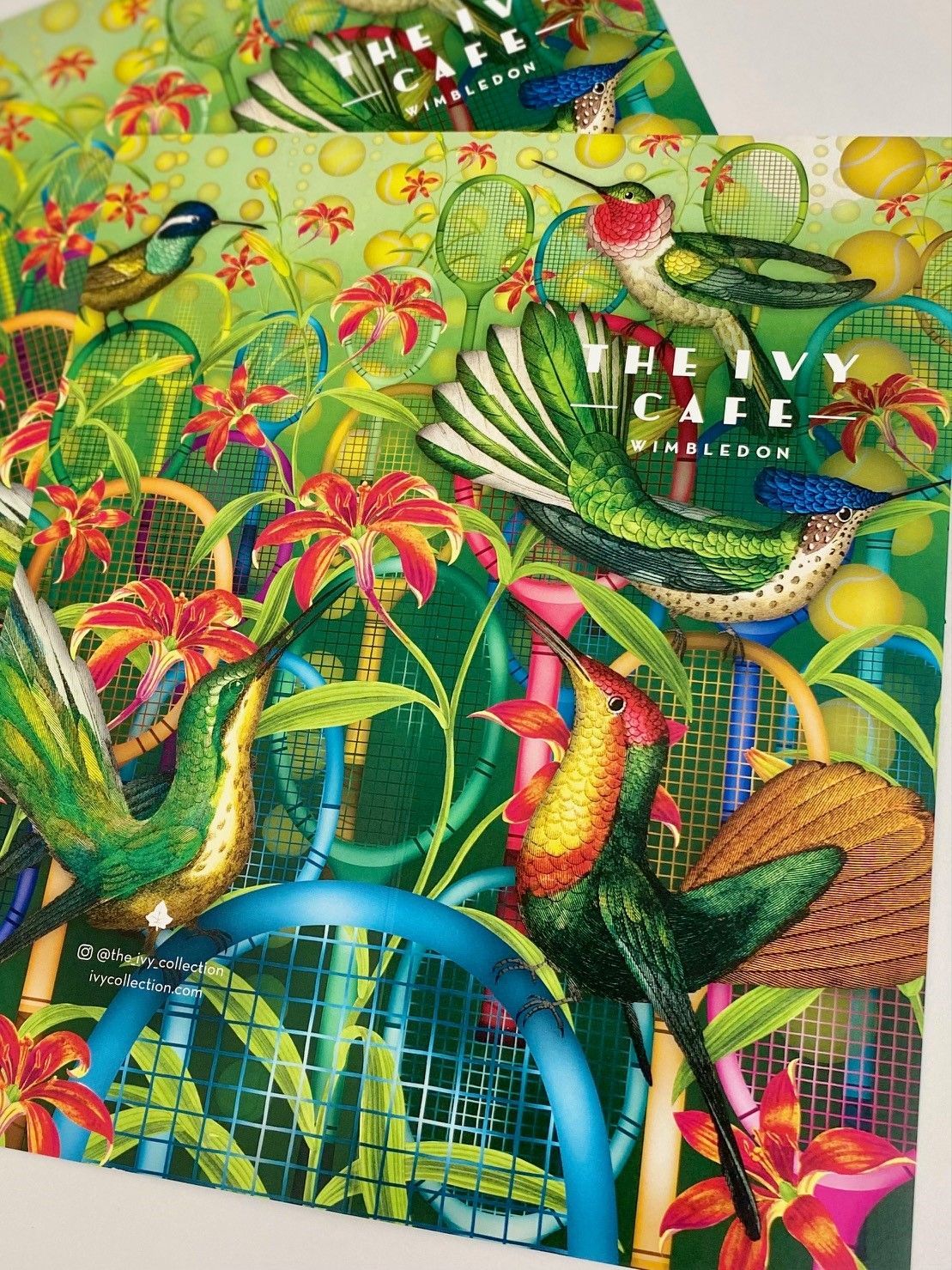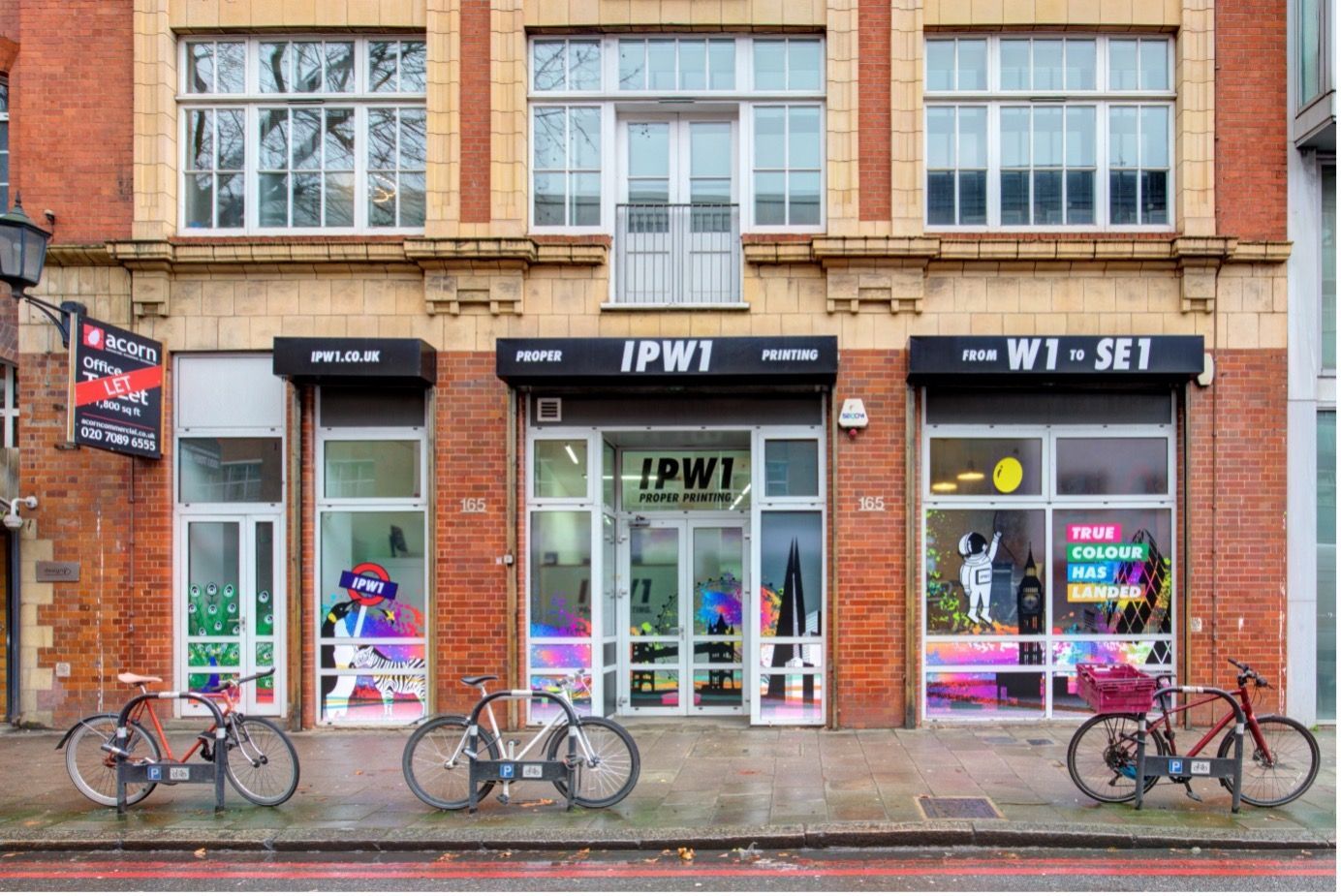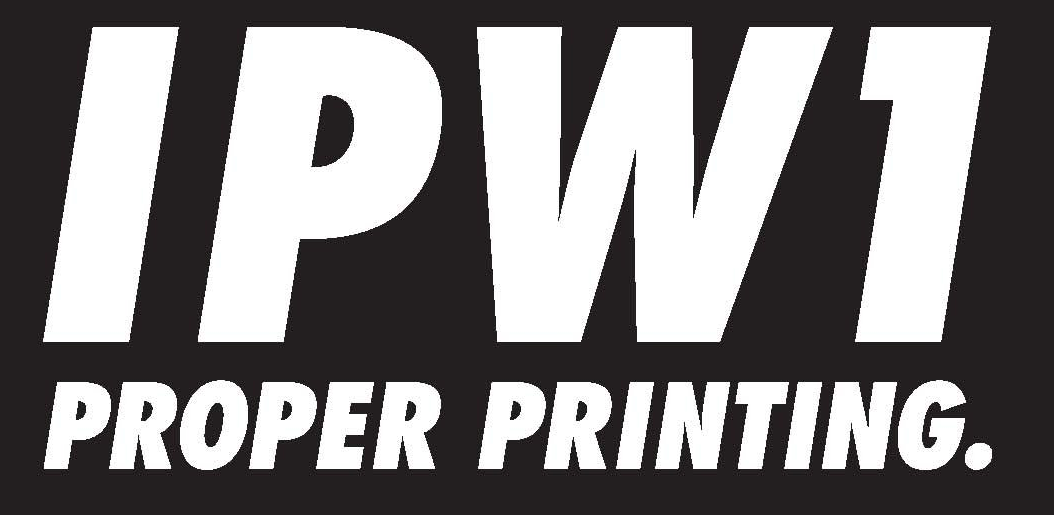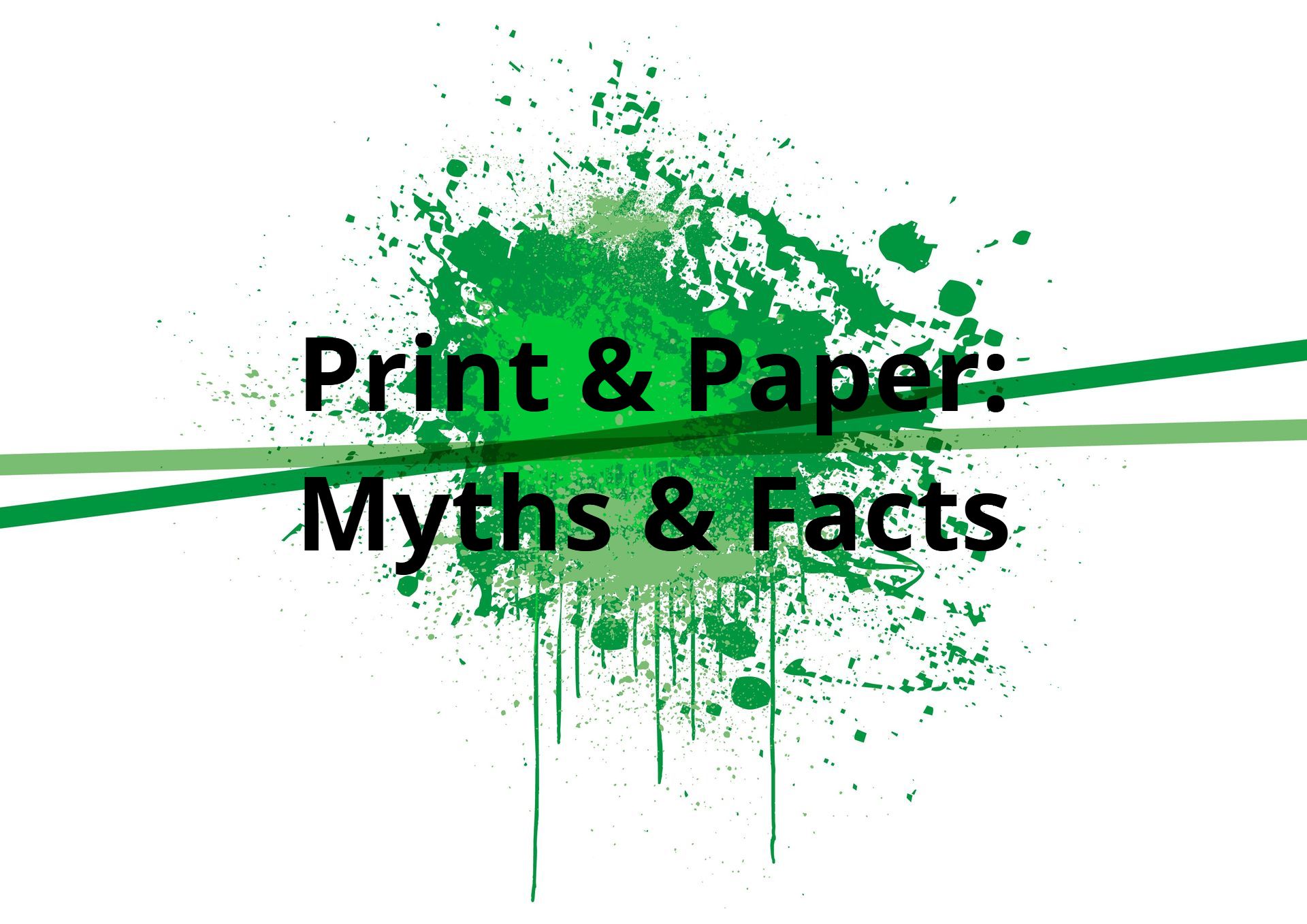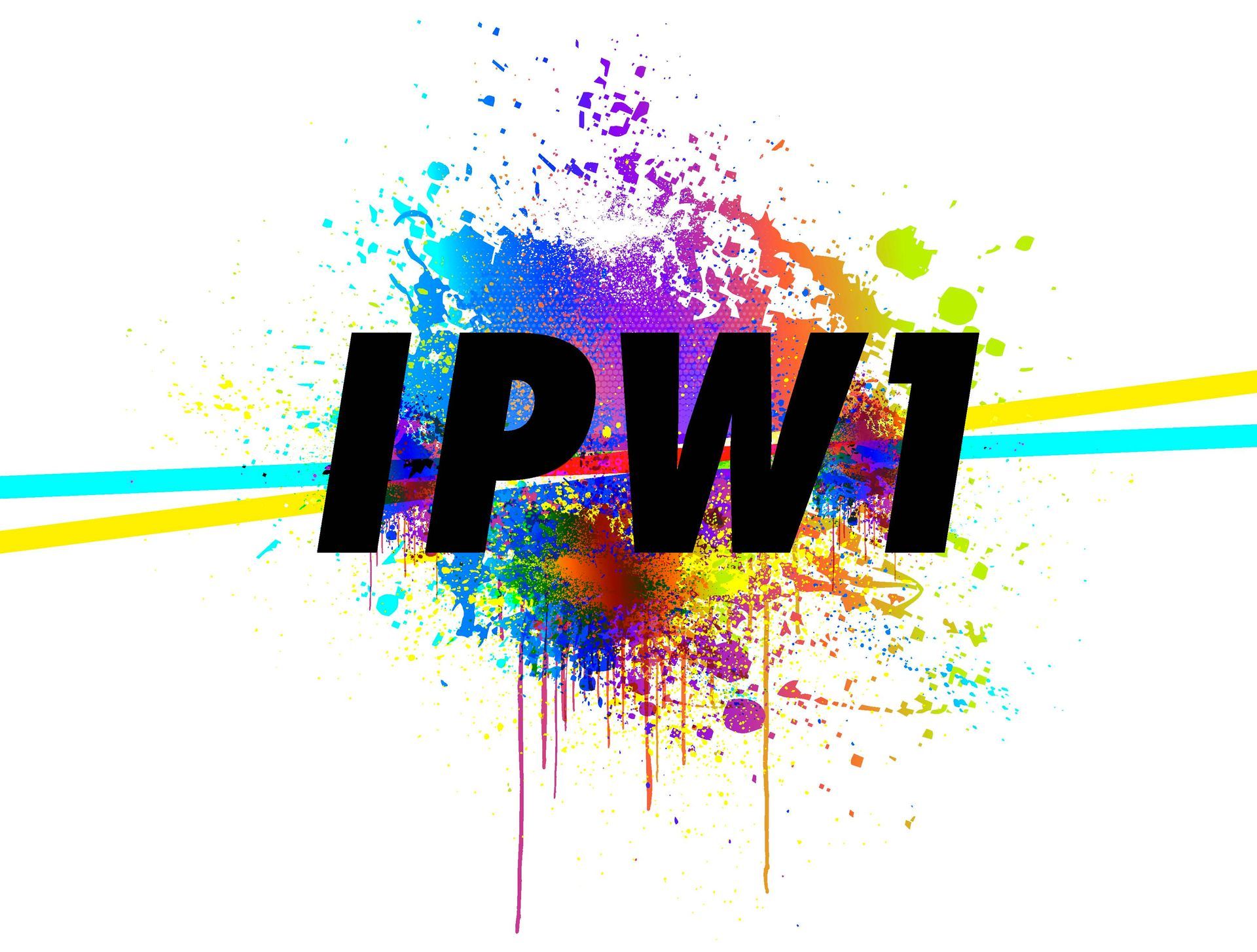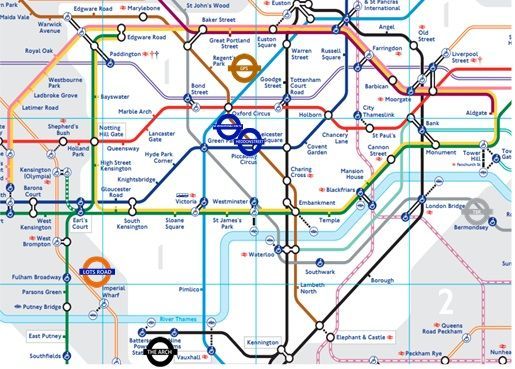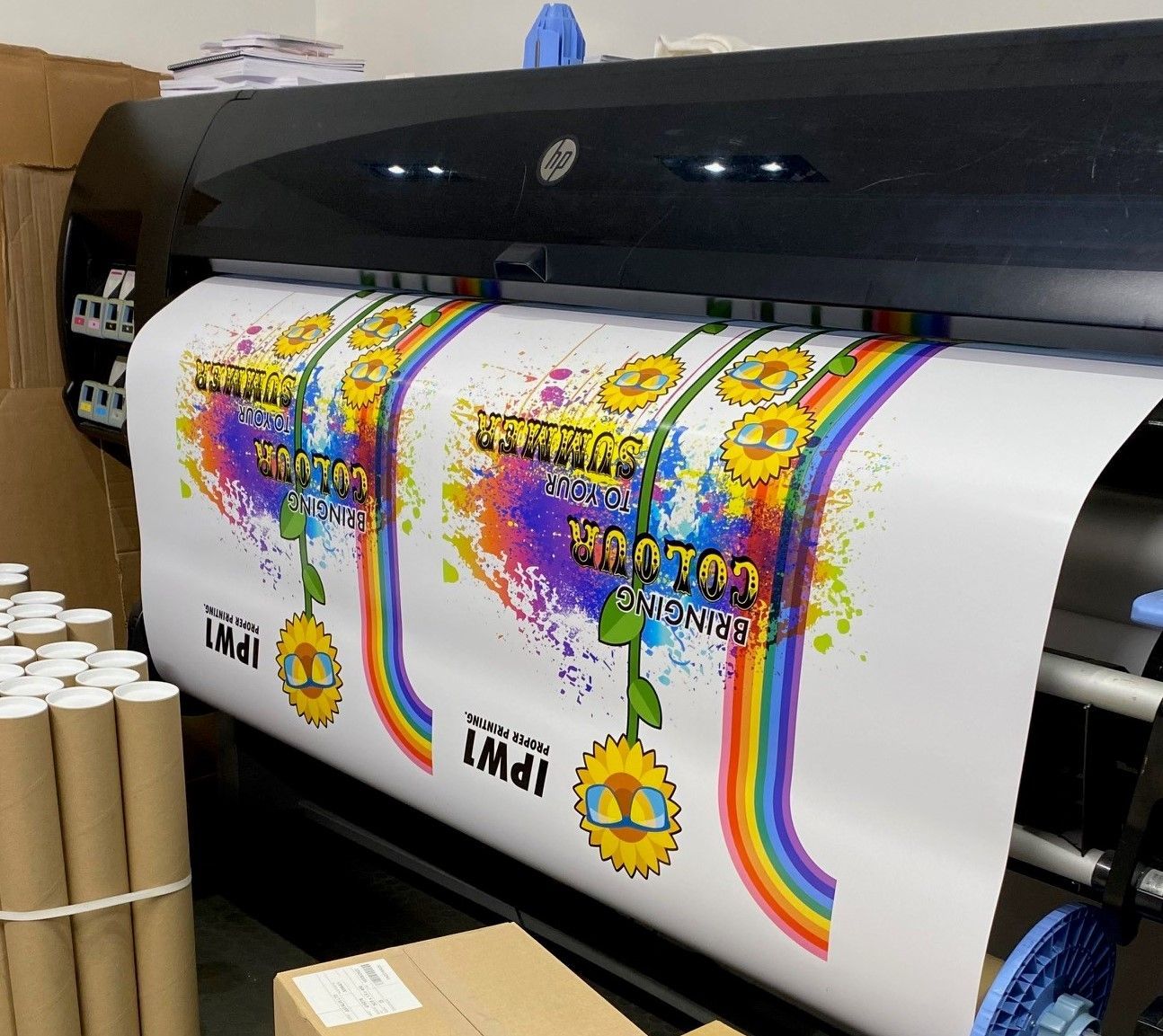From billboard advertising to roller banners, large format printing can be a great way to create buzz about your business or services.
But what actually is large format printing, and how does it work?
In this guide, we’ve covered absolutely everything you need to know about large format printing: what you can create, how much it costs, and why it’s such an effective form of advertising and branding.
What is large format printing?
A form of digital printing, large format printing refers to printed materials whose dimensions exceed the traditional 450mm x 640mm capacity of traditional printers. Large format printing is also sometimes referred to as ‘wide format printing.’
Instead of using traditional printing plates, print companies typically use digital printers to create large format prints. These printers have a size capacity of up to 3m x 2m, with some even capable of printing larger materials. The process used to create large format print is known as large format digital printing.
How does large format digital printing work?
The process for creating large format prints is actually a lot simpler than many other printing methods. Small, digitally generated images are sent to the digital printer, which will then transfer and print the image onto a larger substrate.
By transferring the design digitally, large format printers are able to create exact replicas of original images, without compromising on image quality, detail, or readability.
What are the different types of large format printing?
There are five main types of large format printing:
Aqueous Inkjet Printing
Aqueous Inkjet printing uses an ink that is water-based; this helps the large format print retain every precise detail from the original digital image. Aqueous inkjet printing is currently the most popular form of large format printing.
UV-Based Inkjet Printing
UV-based inkjet printing uses a UV light to cure ink while printing. It’s one of the fastest methods of large format printing, although your choice is more limited when it comes to selecting printing materials and finishes. UV-printers can only produce matte finishes.
Dye Sublimation Printing
Dye sublimation uses heat to transfer images onto large format print. Dye sublimation is often used for soft furnishings, banners and clothing. One downside to dye sublimation is that it can only be used on polyester or poly fabrics.
Solvent Printing
Typically used for outdoor printed items such as billboard advertising, solvent printing uses protective fumes to shield the integrity of the printed materials against weather damage. It’s also one of the most affordable forms of large format printing.
Latex Printing
Latex printing is another form of large format printing used to create materials for outdoor advertising. Unlike solvent printing, latex printing uses resin and latex to protect materials against weather damage - this makes it safer to mount indoors, but also slightly more expensive.
What can you create with large format print?
With large format printing, you can go above and beyond to create eye-catching designs that can help brand your business, run promotions or turn passing interest into a finished sale. You can create the following items in large format print:
- Point of sale products
- Roller banners
- Billboard advertisements
- Banners
- Wall design
- Murals
- Signage
- Posters
- Promotional material
What are the benefits of large format printing?
So, why does large format printing remain one of the most popular and effective printing methods? Here are just a few reasons:
Effective advertising
Billboard advertising is still one of the most effective forms of advertising, even when it comes to competing against the digitised online market.
While online adverts will typically only be viewed by your targeted demographics, 98% of British consumers will encounter out-of-home advertising at least once a week.
With large format printing, you can create engaging billboard adverts that can grow your reach and establish your business in your local community. For a fifth of the cost of online or TV advertising, you can reach as many - if not more - potential customers.
Brand recognition
Whether you’re attending a trade fair, a conference, or a local convention, large format printing can help establish brand recognition and enhance the visibility of your business. With the help of a large format printing company, you can create a roller banner with an engaging, detailed design that promotes your brand and encourages customer engagement.
You can also brand your business with other large format prints: wall designs for your premises, murals, promotional banners and more.
Diverse range of printing materials
When you opt for large format printing, you’ll have the option of choosing from lots of different materials for your design. You can choose from PVC, vinyl, canvas, mesh, and other durable materials. Some large format print companies can even print PVC wall coverings and floor coverings.
Durable and eco-friendly
If you want to promote your business in the most eco-friendly way possible, large format print is the best option. Not only do you minimise waste (as you’re typically not going to be ordering large format prints in bulk) you’ll also be creating something durable.
Large format prints are ideal for outdoor displays, and can be made to resist all weather elements and even protect against vandalism.
Not only are large format prints durable and eco-friendly, they’re also comparatively inexpensive when it comes to other forms of advertising. They’re also typically less expensive than other forms of commercial printing, while remaining high-impact.
FAQs
How much does large format printing cost?
When it comes to calculating the costs of a large format print order, a few factors will influence the final price: most notably the size, the materials used, and the overall complexity of the order. The quickest way to get a quote for your order is by contacting a large format print company, such as IPW1.
What is the best resolution for large format printing?
Most large format prints will use a 300 dpi. This helps to preserve all detail in the images once transferred to the large substrate.
What’s an example of large format printing?
You’ll find examples of large format printing whenever you pass through any busy town or city centre. From billboards to roller banners, large format printing remains a popular marketing method for most businesses.
